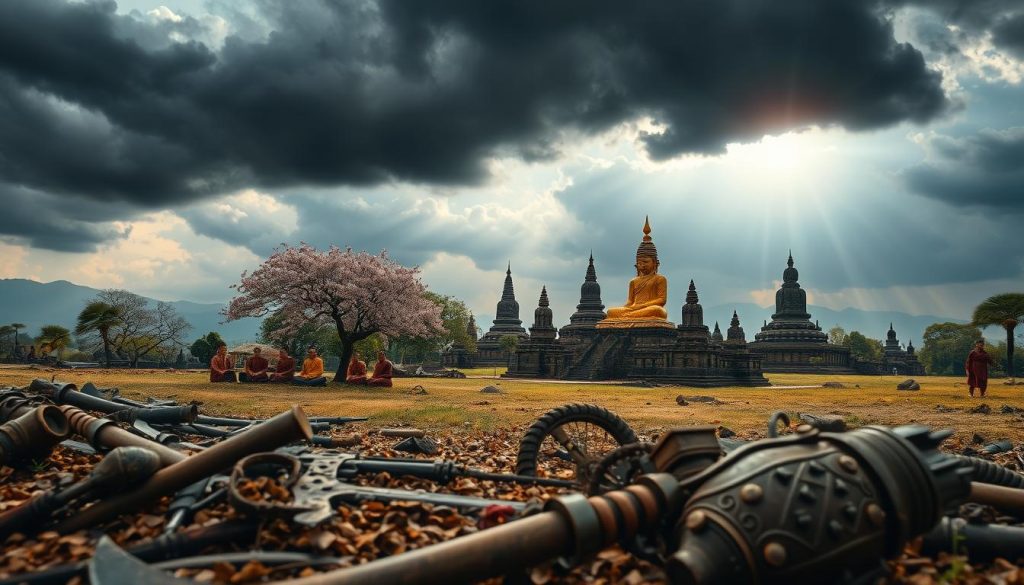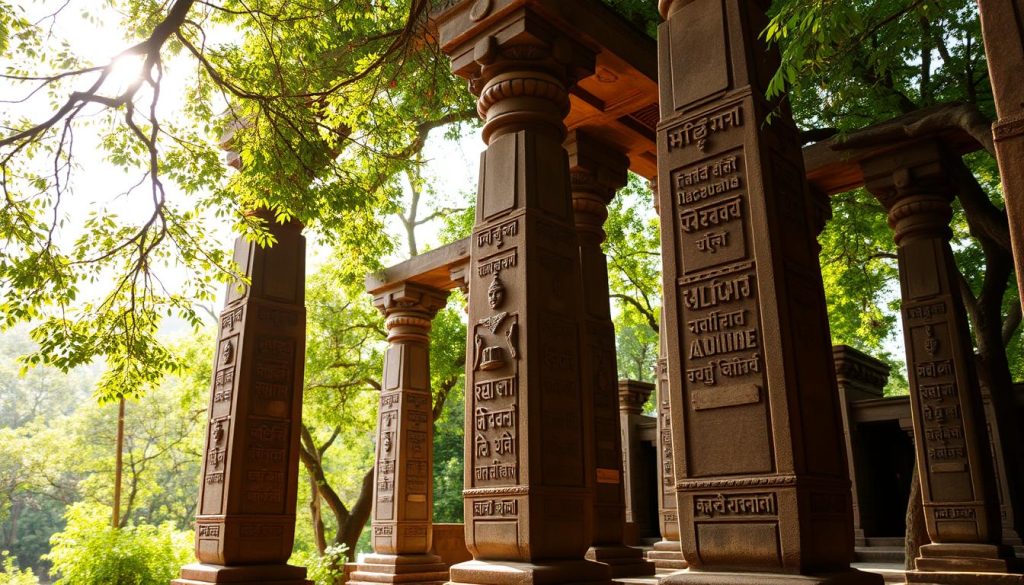Konark Sun Temple
The Konark Sun Temple, located in the eastern state of Odisha, India, is one of the most significant and awe-inspiring monuments in the country. Known for its grandeur, architectural brilliance, and historical significance, this temple is a UNESCO World Heritage Site and a symbol of India’s rich cultural heritage. The Konark Sun Temple, dedicated to the Sun God (Surya), is celebrated not only for its religious significance but also for its artistic and engineering marvels.
In this detailed article, we will explore the history, architecture, religious significance, and cultural importance of the Konark Sun Temple, as well as its impact on the region’s economy and tourism.
1. Introduction to the Konark Sun Temple
The Konark Sun Temple is located in the town of Konark, approximately 35 kilometers from Puri and 65 kilometers from Bhubaneswar, the capital of Odisha. It is situated along the coastline of the Bay of Bengal and is believed to have been constructed in the 13th century during the reign of King Narasimhadeva I of the Eastern Ganga Dynasty. The temple is designed to resemble a colossal chariot with twelve pairs of wheels, drawn by seven horses. This architectural masterpiece is a tribute to the Sun God, Surya, and is renowned for its intricate stone carvings, stunning sculptures, and sophisticated engineering.
2. Historical Background of Konark Sun Temple
The exact date of the construction of the Konark Sun Temple remains a subject of debate among historians, but it is widely believed to have been built between 1236 and 1264 CE. The temple was commissioned by King Narasimhadeva I, who ruled the Eastern Ganga Dynasty. His reign is often considered one of the most prosperous periods in the history of Odisha, and the construction of the Sun Temple stands as a testament to the political and cultural prosperity of the time.
Konark was once a bustling port town and a center of religious and cultural activity. The Sun Temple was built to honor Surya, the Sun God, who was believed to be the source of life and energy for all
living beings. The temple’s location near the coast also symbolized the connection between the Sun and the vast ocean, both of which were vital to the people of Odisha. King Narasimhadeva I’s decision to build the Sun Temple was likely influenced by a desire to assert his kingdom’s strength and religious devotion, as well as to solidify his role as a powerful ruler. The temple’s construction is said to have been supervised by the architect Bisu Maharana, though historical records about the temple’s creation are scarce.
3. Architectural Design and Structure of Konark Temple
The architecture of the Konark Sun Temple is one of the most remarkable in India, blending religious symbolism with advanced engineering and artistic craftsmanship. The temple is designed in the form of a gigantic chariot, which is believed to represent the journey of the Sun across the sky. The main temple structure is a large, rectangular edifice that is surrounded by twelve pairs of stone wheels, which are intricately carved and symbolize the twelve months of the year. The wheels are adorned with detailed motifs, including scenes from daily life, religious rituals, and celestial beings.
The central part of the temple, known as the sanctum (garbhagriha), originally housed an idol of Surya, but the idol is now lost. The sanctum was originally constructed as a massive stone structure that was raised on a high platform. A tower (Shikhara) once crowned the temple, though this has since
collapsed, and the temple’s ruins remain a testament to the passage of time and the ravages of history.
The temple is constructed using sandstone, and the carvings on its surface are known for their exceptional detail and intricacy. The carvings depict various deities, celestial beings, animals, and scenes from Hindu mythology. Among the most famous are the erotic sculptures found on the temple’s walls, which have sparked much discussion and interpretation over the centuries. These carvings, though controversial, reflect the cultural attitudes of the time and are often considered a celebration of life, fertility, and sensuality.
The Sun Temple is also known for its use of advanced engineering techniques. The temple was designed to align with the movements of the Sun, and the main sanctum was positioned in such a way that the first rays of the sun would fall directly on the idol of Surya at dawn, creating a divine and awe-inspiring spectacle. The twelve pairs of wheels are positioned to represent the passage of time, and their alignment with the sun’s rays symbolizes the cyclical nature of time and the eternal journey of the Sun across the sky.
4. Symbolism and Religious Significance
The Konark Sun Temple is a profound representation of Hindu religious beliefs and the cosmic order. The Sun God, Surya, is one of the most important deities in Hinduism, and he is believed to govern life, light, and energy. Surya is also associated with the idea of dharma (cosmic law), and the temple’s design reflects this belief in the harmony between the physical and spiritual worlds.
The chariot design of the temple is particularly significant. In Hindu cosmology, the Sun is often depicted as riding a chariot pulled by seven horses. The seven horses of the Konark temple symbolize the seven days of the week, and they represent the passage of time, the cycles of nature, and the eternal motion of the Sun through the sky. The twelve wheels correspond to the twelve months of the year, reinforcing the cyclical nature of time.
The erotic sculptures found on the walls of the temple have been interpreted in various ways. Some scholars suggest that these carvings represent fertility, sensuality, and the celebration of life, while others view them as a symbolic depiction of the union between the divine and the mortal realms. In Hinduism, the physical world is seen as interconnected with the spiritual, and these carvings may represent the idea of the divine energy that permeates all aspects of existence.
The Sun Temple was not just a place of worship but also an astronomical observatory. The alignment of the temple with the Sun’s movements suggests that it may have been used for astronomical purposes, such as tracking celestial events, including the solstices and equinoxes. The temple’s design reflects the ancient understanding of the cosmos and the relationship between the Earth, Sun, and other celestial bodies.
5. Decline and Ruins of the Konark Sun Temple
The Konark Sun Temple was once a vibrant and majestic monument, but over the centuries, it fell into disrepair due to natural disasters, invasions, and neglect. One of the most significant events in the temple’s decline was the invasion of Odisha by Muslim rulers in the 16th century. The temple was plundered, and much of its wealth, including its idol, was taken away. The damage caused by these invasions was compounded by the wear and tear of time, and much of the temple’s structure collapsed.
In the 18th century, the British colonial government took control of the region, and efforts were made to preserve the temple. The British architect and archaeologist Sir A. J. C. N. Webster led the first major restoration of the temple in the 19th century. Despite these efforts, the temple has never been fully restored to its original glory, and many parts of it remain in ruins.
The temple’s collapse was likely caused by a combination of factors, including earthquakes, the erosion of the sandstone, and the removal of the original structure’s central tower. Today, only the main hall (Jagamohana) and the remains of the outer structures are still standing. The sanctum (garbhagriha) has long since disappeared, and the Sun Temple is now a shell of its former self.
6. The Konark Dance Festival and Tourism
Despite its ruined state, the Konark Sun Temple continues to attract visitors from around the world. Its artistic and architectural beauty, combined with its religious significance, makes it one of India’s most important cultural landmarks. The temple is also an important center for tourism in Odisha, drawing both pilgrims and tourists alike.
The Konark Dance Festival, held annually in December, is a major cultural event that celebrates the rich traditions of classical dance and music in India. The festival is held in the open-air courtyard of the temple, and it features performances by renowned dancers and musicians from across India. The backdrop of the Sun Temple, with its awe-inspiring ruins, adds to the mystical and divine atmosphere of the festival.
Tourism has played a significant role in the local economy, and the Konark Sun Temple has become a key part of the Golden Triangle of Odisha, which also includes the temples of Puri and Bhubaneswar. The temple’s proximity to the Bay of Bengal makes it an attractive destination for visitors, and efforts are being made to preserve and protect the site for future generations.
7. Conservation and Preservation Efforts
In recent years, there have been increased efforts to conserve and preserve the Konark Sun Temple. The Archaeological Survey of India (ASI) has undertaken several restoration and preservation projects to protect the temple from further damage. This includes measures to prevent erosion, protect the remaining structures from the elements, and ensure that the carvings and sculptures are properly maintained.
The Odisha state government, in collaboration with various national and international organizations, has also been working to promote the temple as a UNESCO World Heritage Site and to raise awareness about its historical and cultural importance.
As a UNESCO World Heritage Site, the Konark Sun Temple continues to inspire awe and admiration among visitors from around the world. It is a reminder of the








